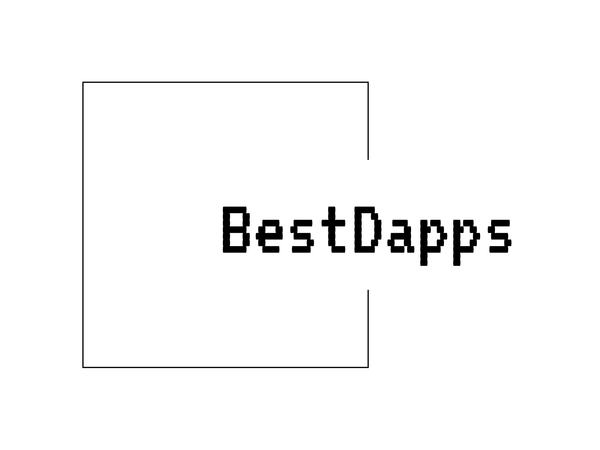
Unlocking ICX: The Future of Blockchain Interoperability
Share
How ICX Works
ICX is the native cryptocurrency of the ICON blockchain, a decentralized network that focuses on interoperability. Developed by the ICON Foundation, ICX powers the ICON ecosystem, allowing its users to create decentralized applications (dApps), participate in governance, and make transactions between different blockchains.
ICON Blockchain
ICON operates using a type of consensus algorithm called Delegated Proof of Stake (DPoS), which prioritizes scalability and speed. In DPoS, a small number of delegates are selected by users based on their stake in the network. These delegates are responsible for producing new blocks. ICX holders can delegate their tokens to these candidates, influencing the network's governance decisions and earning rewards in return.
The goal of the ICON blockchain is to serve as a "blockchain of blockchains." It's designed to connect multiple independent networks, including both public and private blockchains. To do this, ICON uses protocols and services specifically aimed at enhancing chain-to-chain communication and value-transfer.
Interoperability and Blockchain Transmission Protocol (BTP)
Central to how ICX works is its focus on interoperability. The ICON ecosystem uses a communication protocol called the Blockchain Transmission Protocol (BTP). BTP allows different blockchains to interact seamlessly, exchanging information and assets. This functionality is one of the key differentiators of ICON compared to other blockchain projects.
BTP operates on a decentralized consensus mechanism. When two blockchains communicate via BTP, validators on each network verify the interactions before transactions are completed. This distributed process ensures a high level of security while facilitating interactions between various blockchain ecosystems.
Use Cases and Utility
ICX is used for a number of purposes within its ecosystem:
- Transaction Fees: ICX is used to pay for transaction fees on the network. Whether it’s sending tokens or interacting with smart contracts, users pay gas fees in ICX.
- Governance: ICX holders can use their tokens to propose or vote on changes in network parameters. This creates a decentralized governance system where token holders have power over the rules that guide the ICON blockchain.
- Staking: Token holders can stake their ICX and delegate it to Public Representatives (P-Reps), who validate blocks and maintain the network. In return, stakers and P-Reps are rewarded with additional ICX tokens.
Smart Contracts and dApps
The ICON blockchain supports smart contracts, which are self-executing agreements with the terms of the contract directly written into code. These contracts are an essential component for decentralized applications (dApps) on the ICON network. Developers can create a diverse array of dApps, relying on the ICON protocol to provide the infrastructure needed to execute their applications.
ICX interacts with these structures as a utility currency for the dApp ecosystem. Users can execute operations, participate in services, or pay for functions by utilizing ICX within these decentralized applications.
